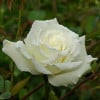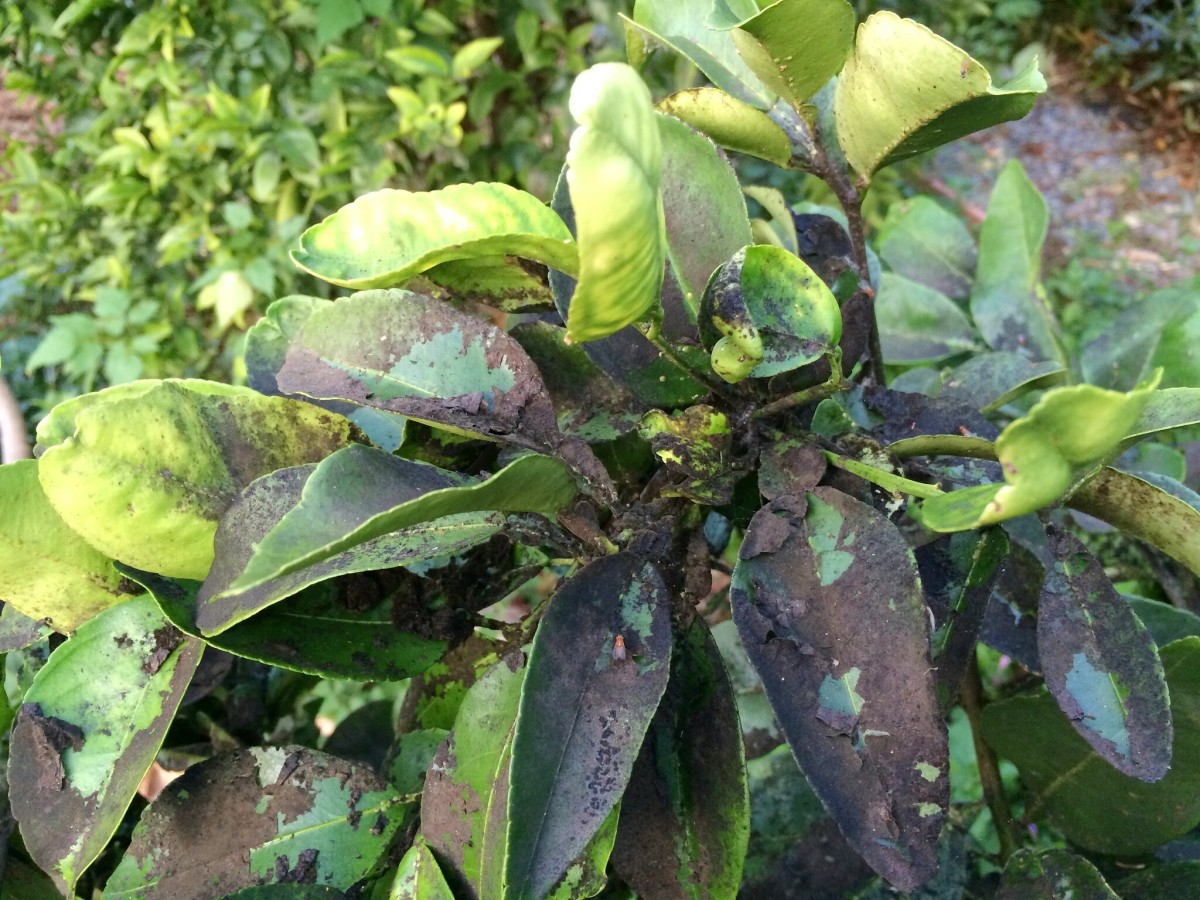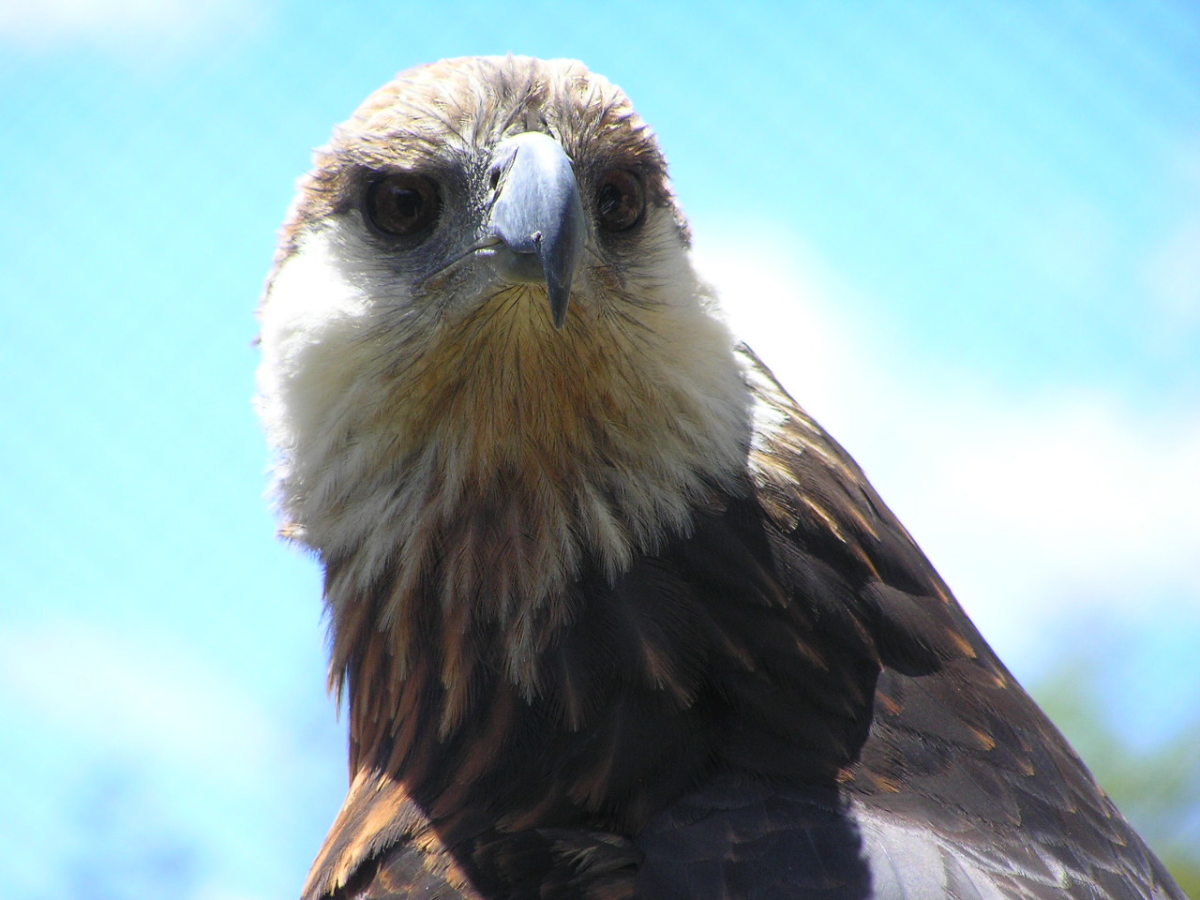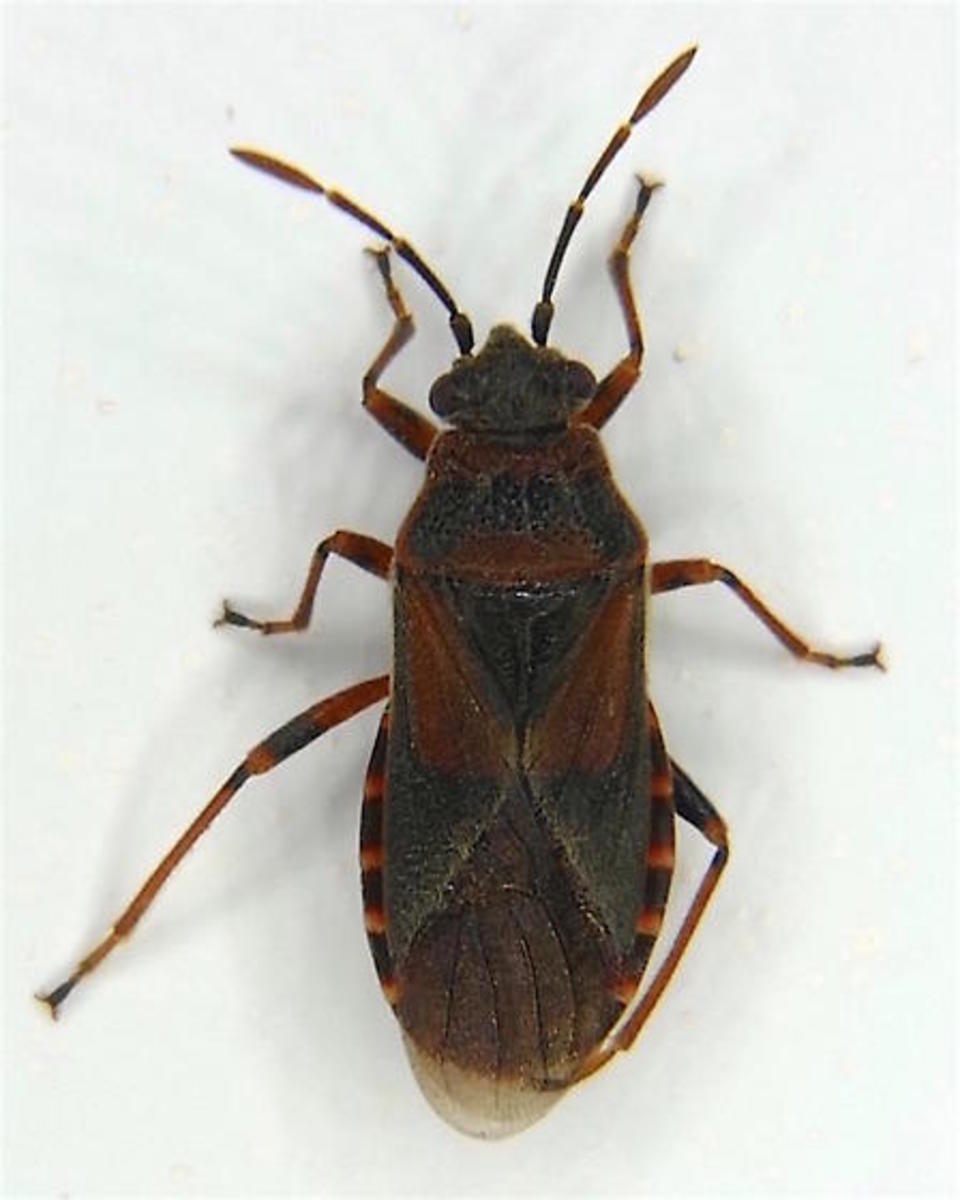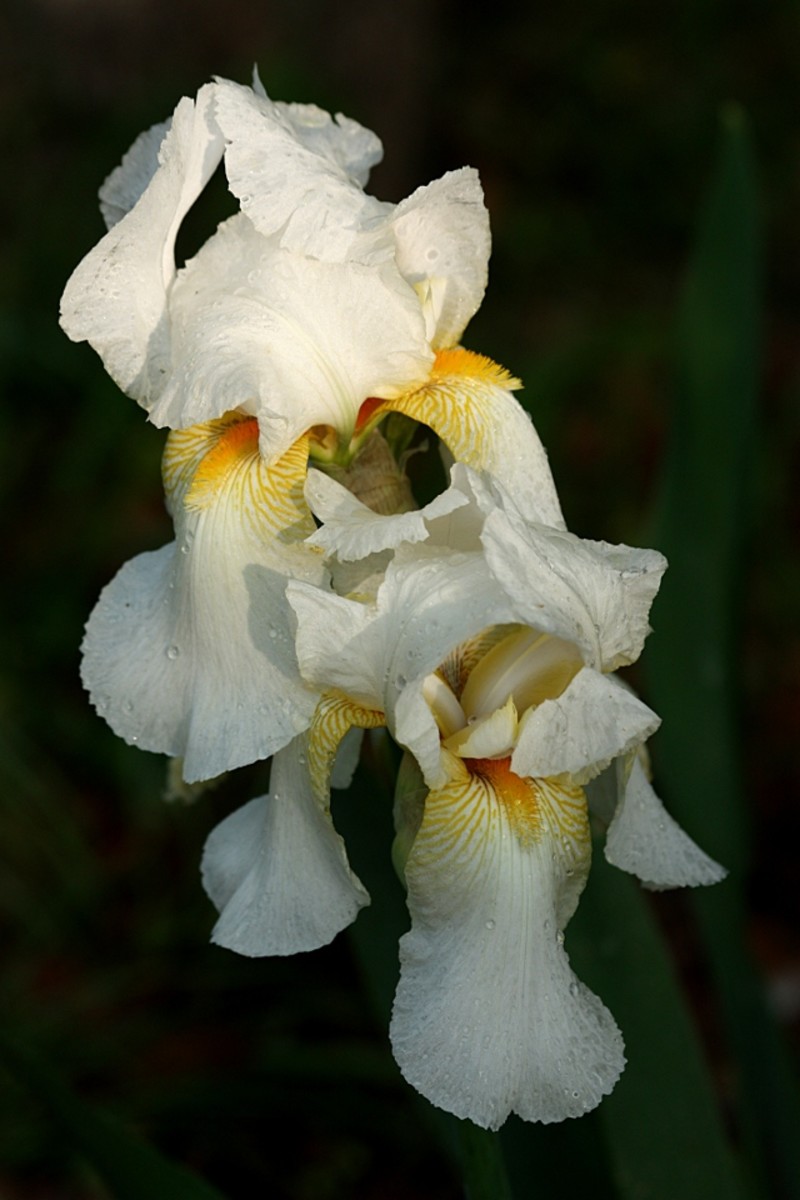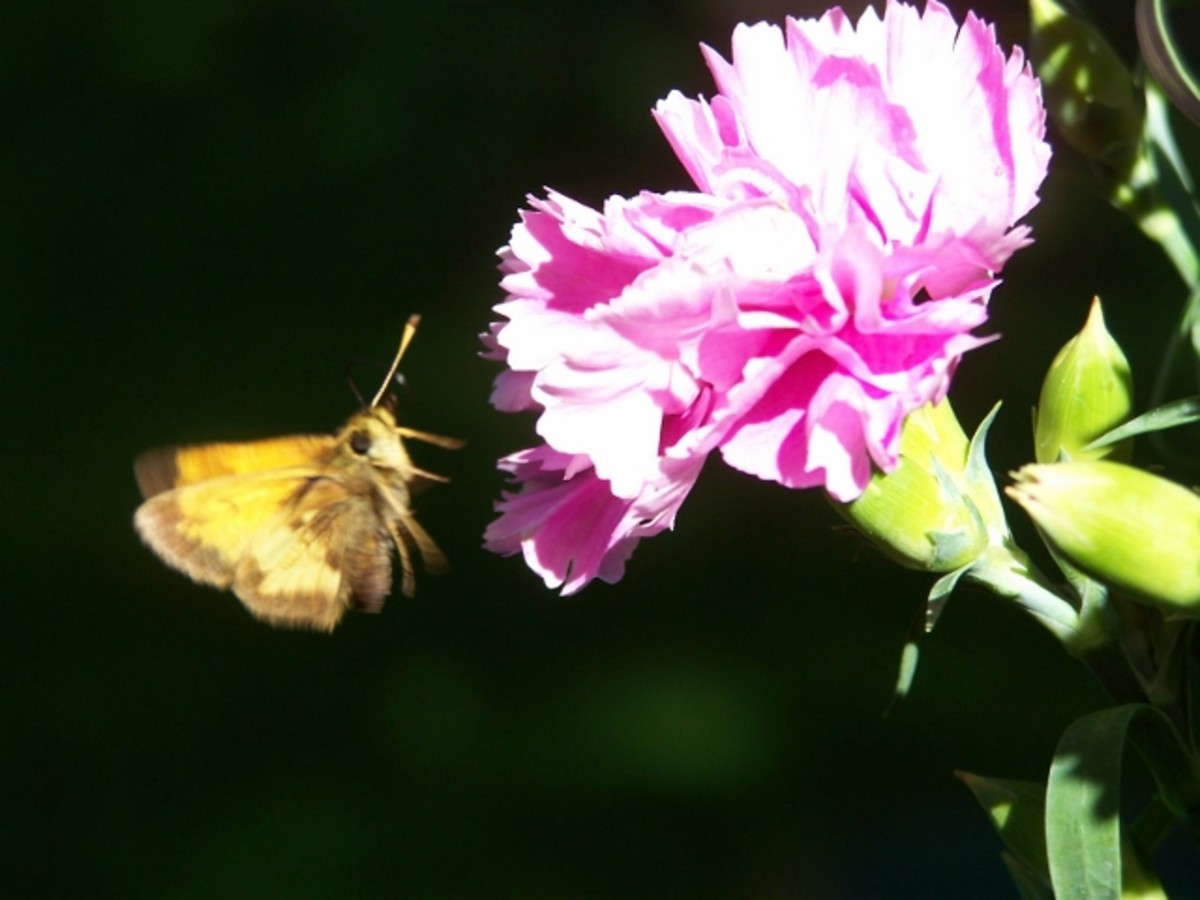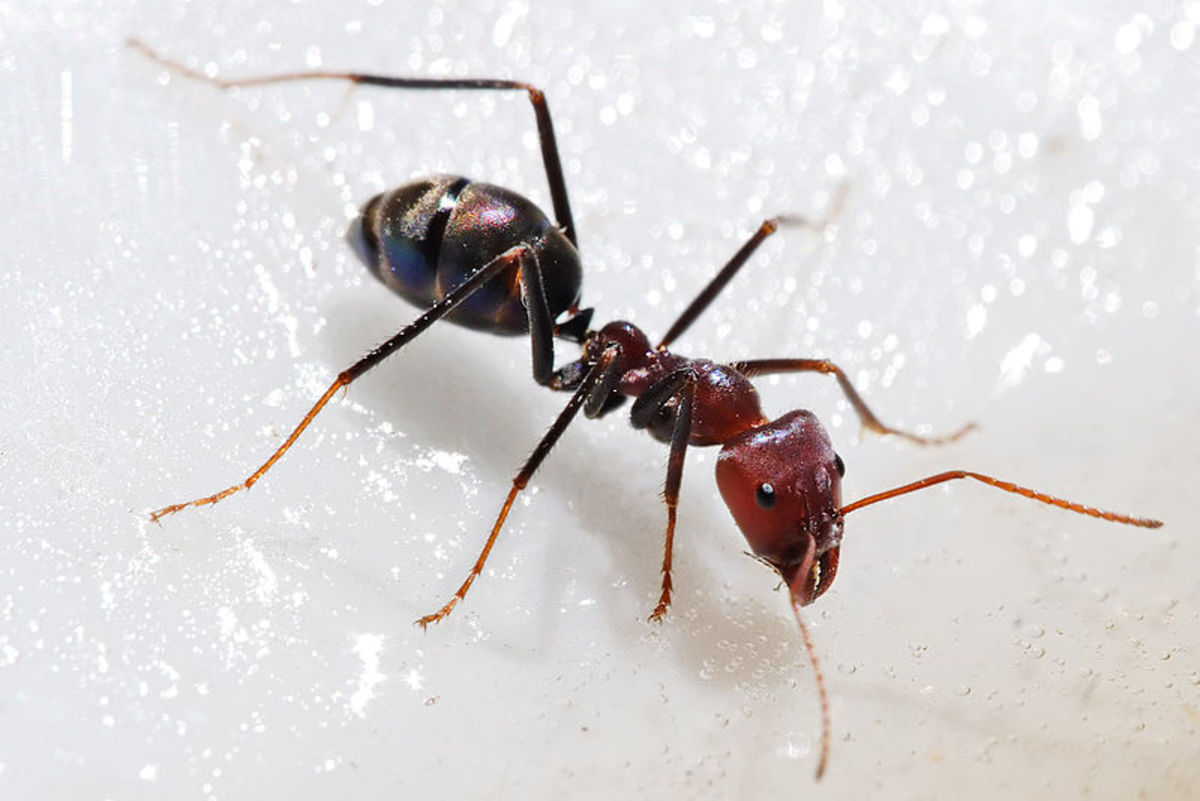- HubPages»
- Education and Science»
- Life Sciences»
- Entomology
What Are Mealybugs And How To Identify Them?
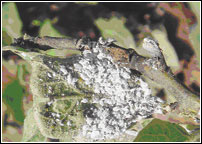
General Description And Habits
The mealybug, in general, looks whitish due to wax deposits on its body. The body size also looks great due to wax. In case of severe infestation, it occurs in form of clusters with white cottony crawler sacs protruding from their body from the anal margin. Thus, unspecified protective layers are formed due to the overlapping and clinging of one mealybug over the other.
As a sucking pest, it feeds on cell sap. It prefers tender shoots and leaves of cotton for feeding and multiplication. Its population increases tremendously and, soon, a colony is developed. Mature females are relatively sessile with a large, outpocketing cottony pouch from posterior anal end, stuffed with its off springs called crawlers. The young crawlers are capable of movement and getting food. It has been observed that the embryonic development of the young ones takes place within the body of the female. It gives birth to young ones instead of laying eggs, commonly known as "ovoviviparity".
The mature and its young one both suck sap from leaves, flower buds, petioles, internodes and even from the stem of the cotton plants. In severe cases of damage, defoliation takes place by the development of sooty mold on honeydew produced by mealy bug crawlers. The flower buds, flowers, immature bolls and even the leaves fall down, and the growth of the plant is retarded or almost ceased. White cottony heads appear on the infested plants where an intensive infestation of all the stages can be observed.
The infested plants becomes stunted with an incomplete opening of bolls and the cotton plant exhibits a die-back of growing shoots and twigs with least tenderness like a dehydrated plant. Its infestation starts in patches and in case of severe infestation, the infested field gives the look of field sprayed with a defoliator or herbicide.
The honeydew produced by the pest may attract attendant ants; hence, a large number of ants may also be noticed there, provided that field has not been sprayed with insecticide. The entire mealybug colony tends to become covered by white, sticky, elastic, woolly and wax ovisac material. When the sticky ovisac wax is parted with a needle, crawlers are seen. In heavier infestations, white masses of wax concealing mealybugs may occur.
It is assumed that a superficial or non-scientific approach has been used in identification of this pest in named as the Meconellicoccus hirsutus in various reports.
The international norms and values don't allow for the disclosure of its full morphological description until it is published in a scientific research journal. It is desirable that the pest may be identified after proper mounting.
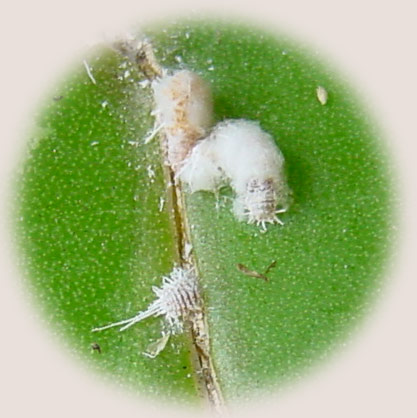
The following outlines may prove helpful:
1. In genus Maconellicoccus, the body is broadly oval whereas the body in the mealybug, Phenacoccus gossypiphilous (new species), is an elongated oval.
2. The anal lobes in Maconellicoccus are poor to moderately developed but the same are well-developed in the latter.
3. There are broad anal lobe bars in Maconellicoccus whereas no anal lobe bar is present in the above-stated mealybug.
4. The claw in Maconellicoccus is stout without denticle whereas the claw in case of the latter is pointed and poorly denticulate.
5. The ovisac produced by Maconellicoccus, when parted by a needle reveals reddish yellow eggs, whereas in case of this pest, the parted ovisac reveals the young ones of the mealybugs which are called crawlers.
6. The number of eggs reported in case of former is 400-600, whereas the number of crawlers in case of this notorious pest so far is a maximum 129 crawlers per female in its lifetime.
7. Maconellicoccus female, when crushed, produces a reddish fluid, whereas in case of the mealybug which infests the cotton crop, a yellowish white fluid may be produced due to the crushing of ovisac inside the body of the female.
